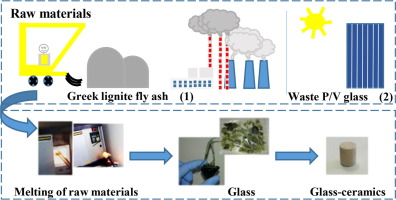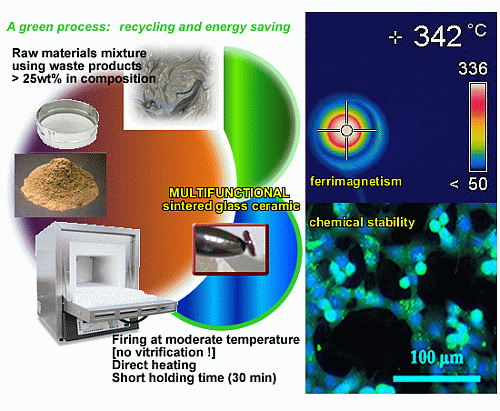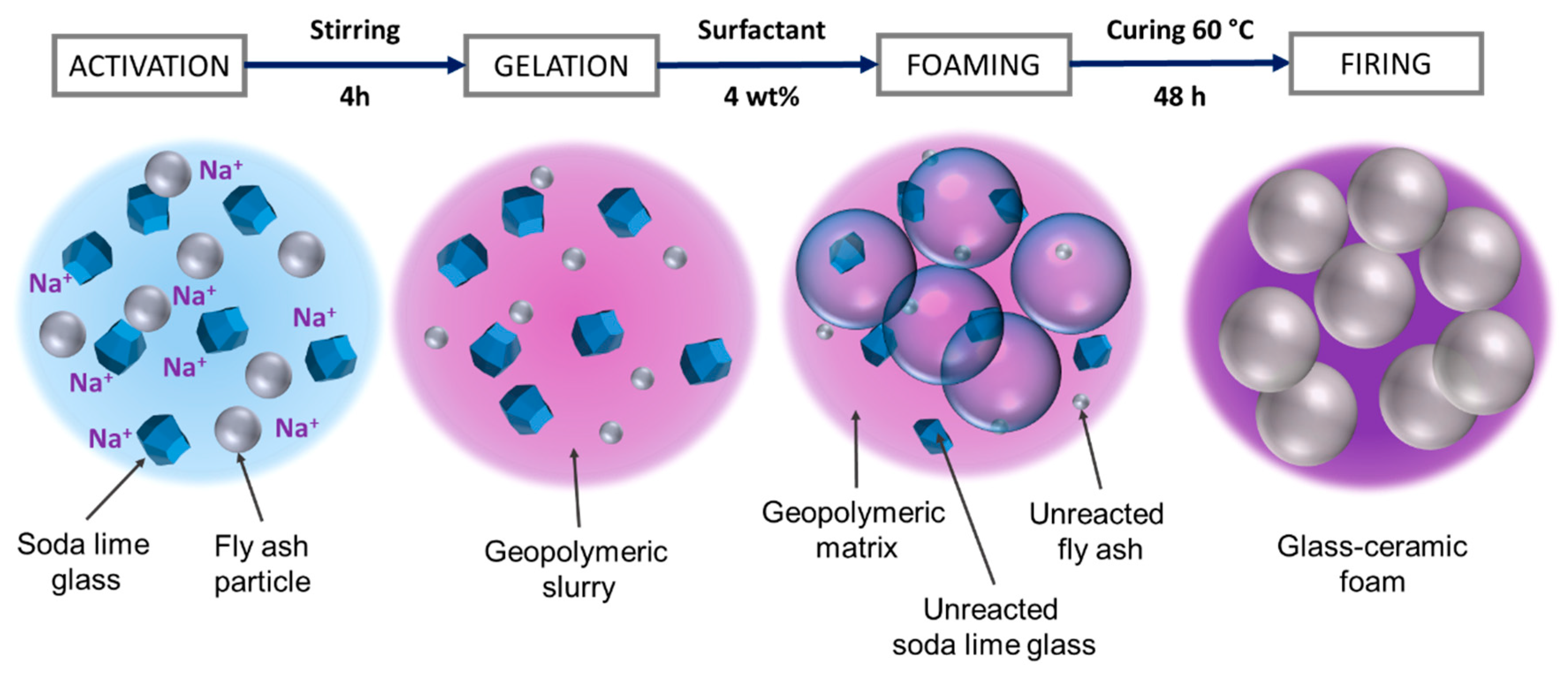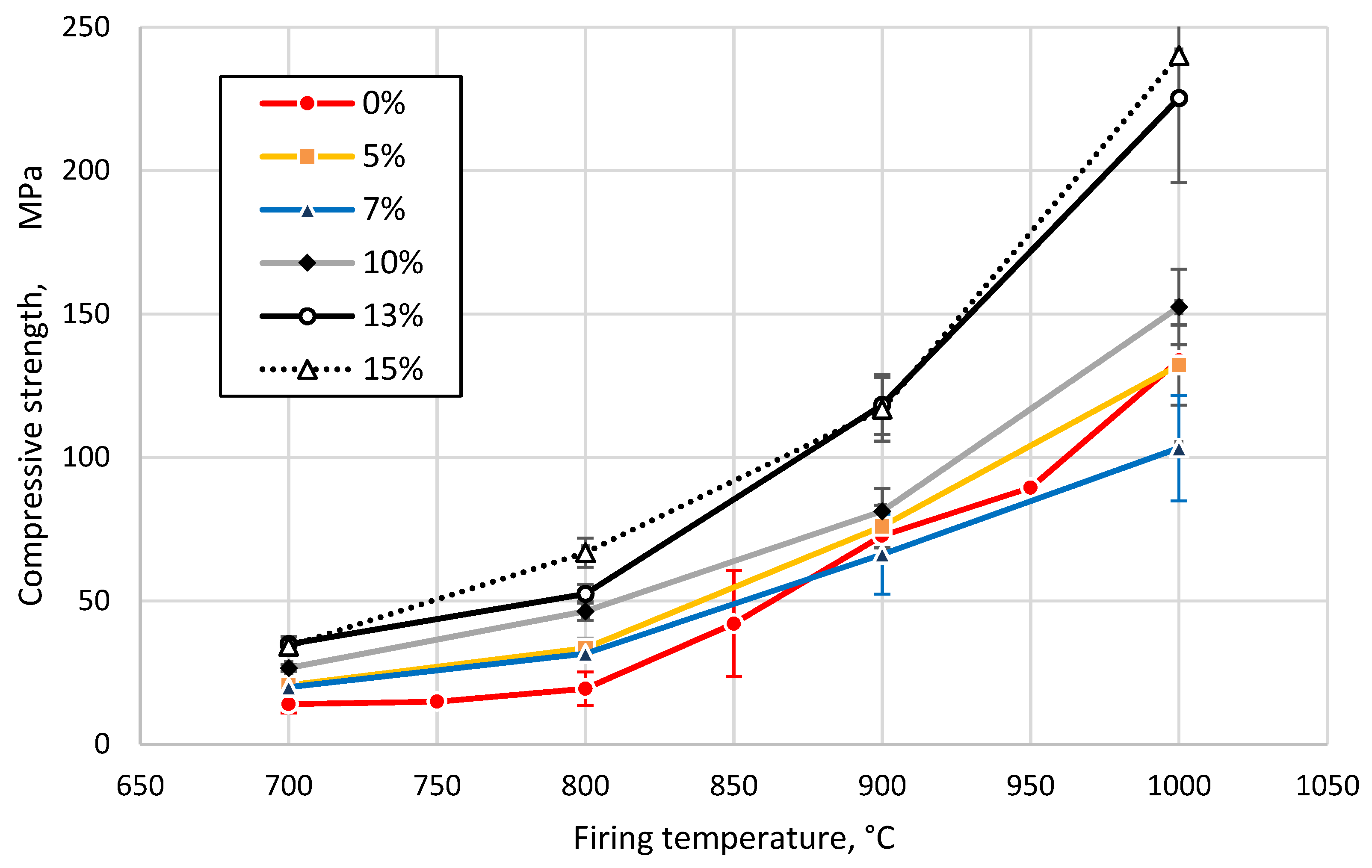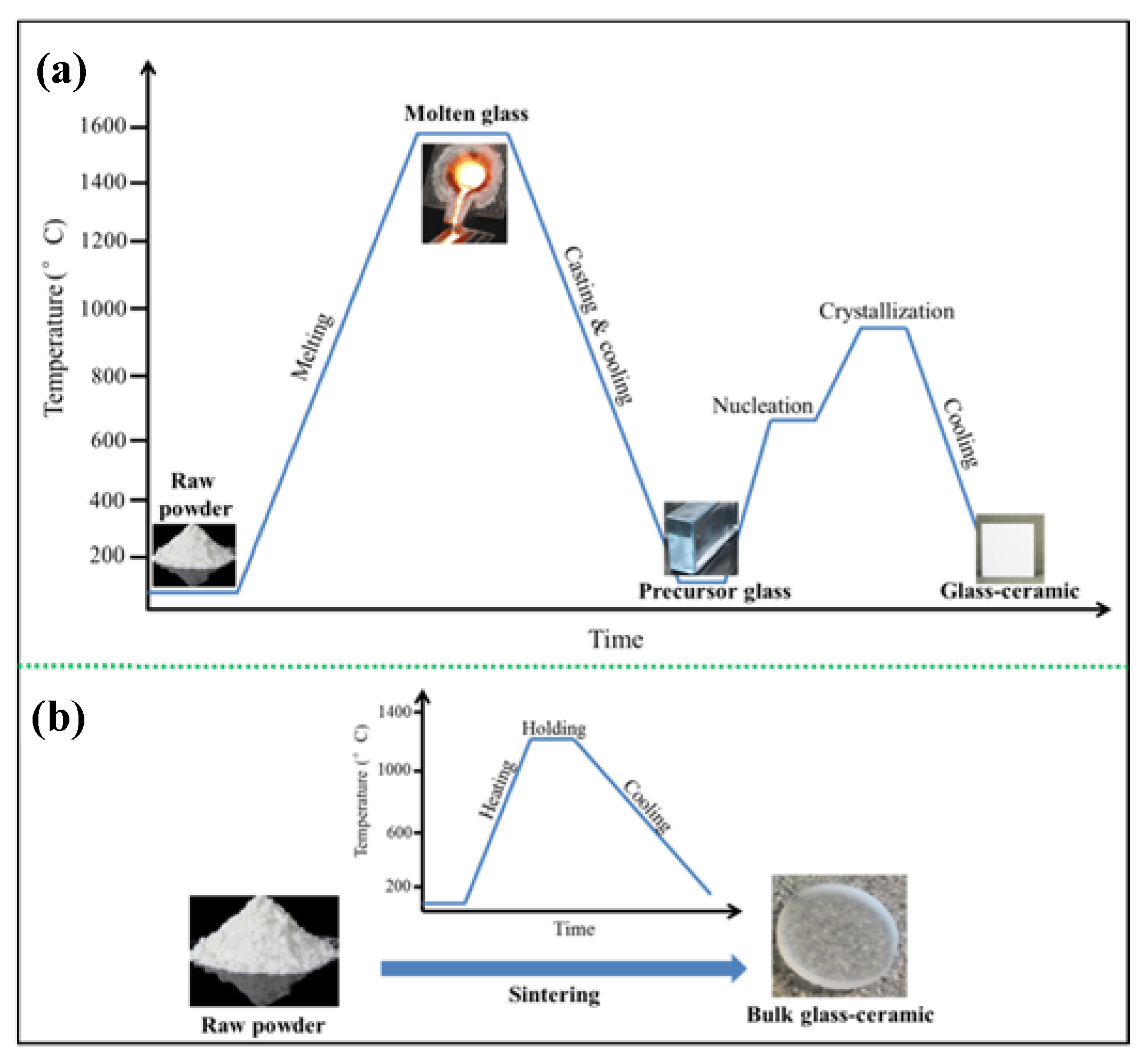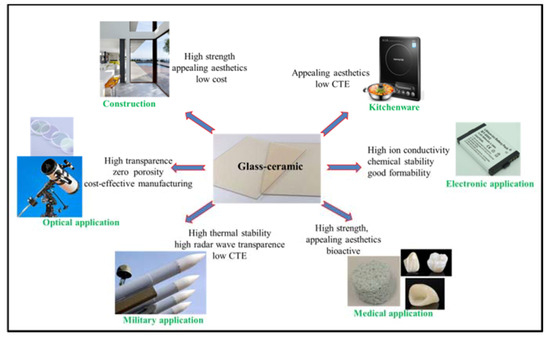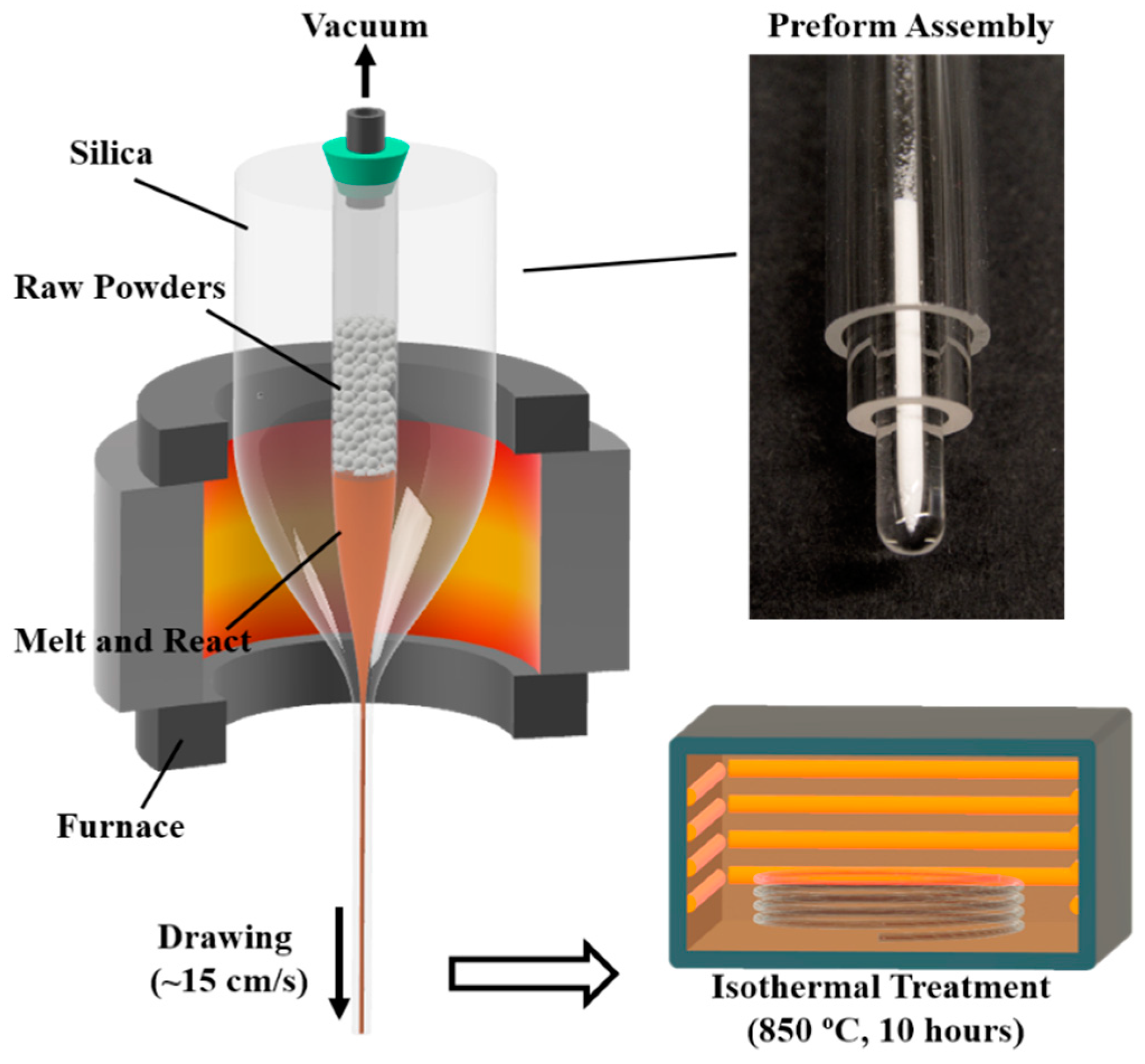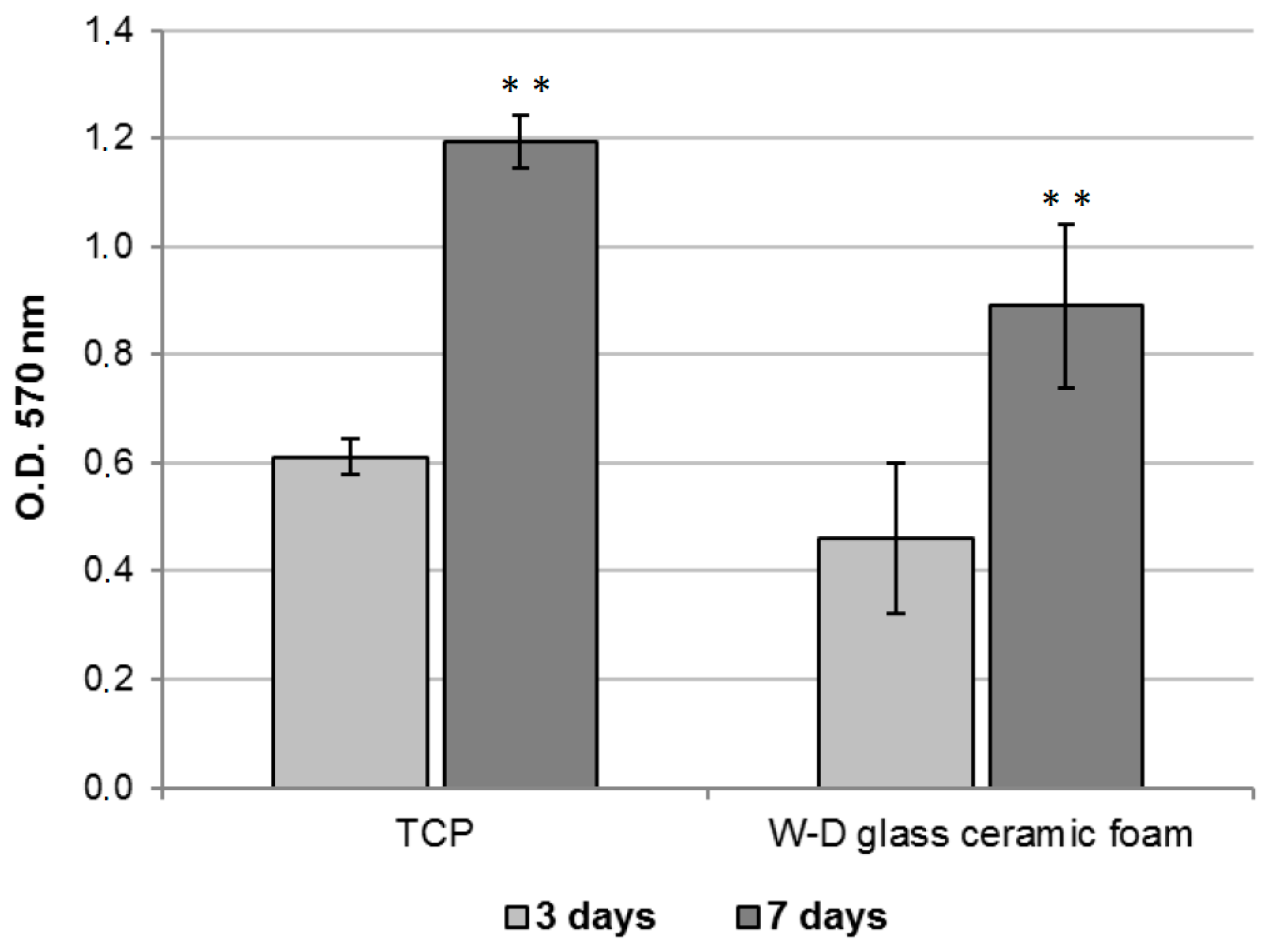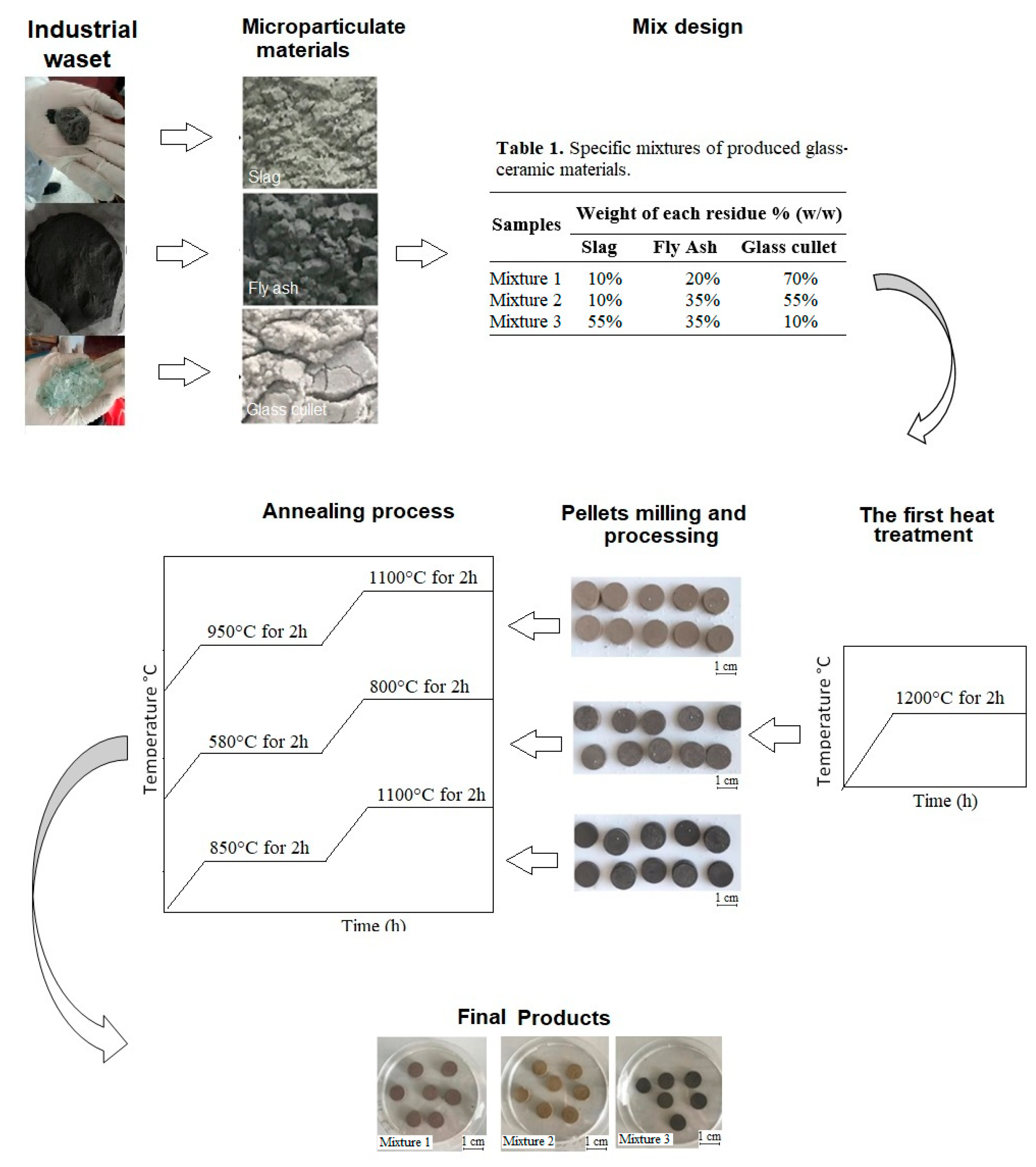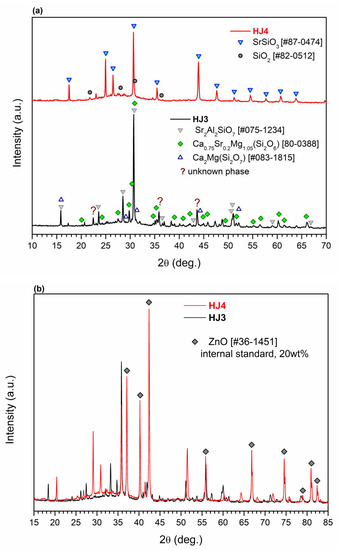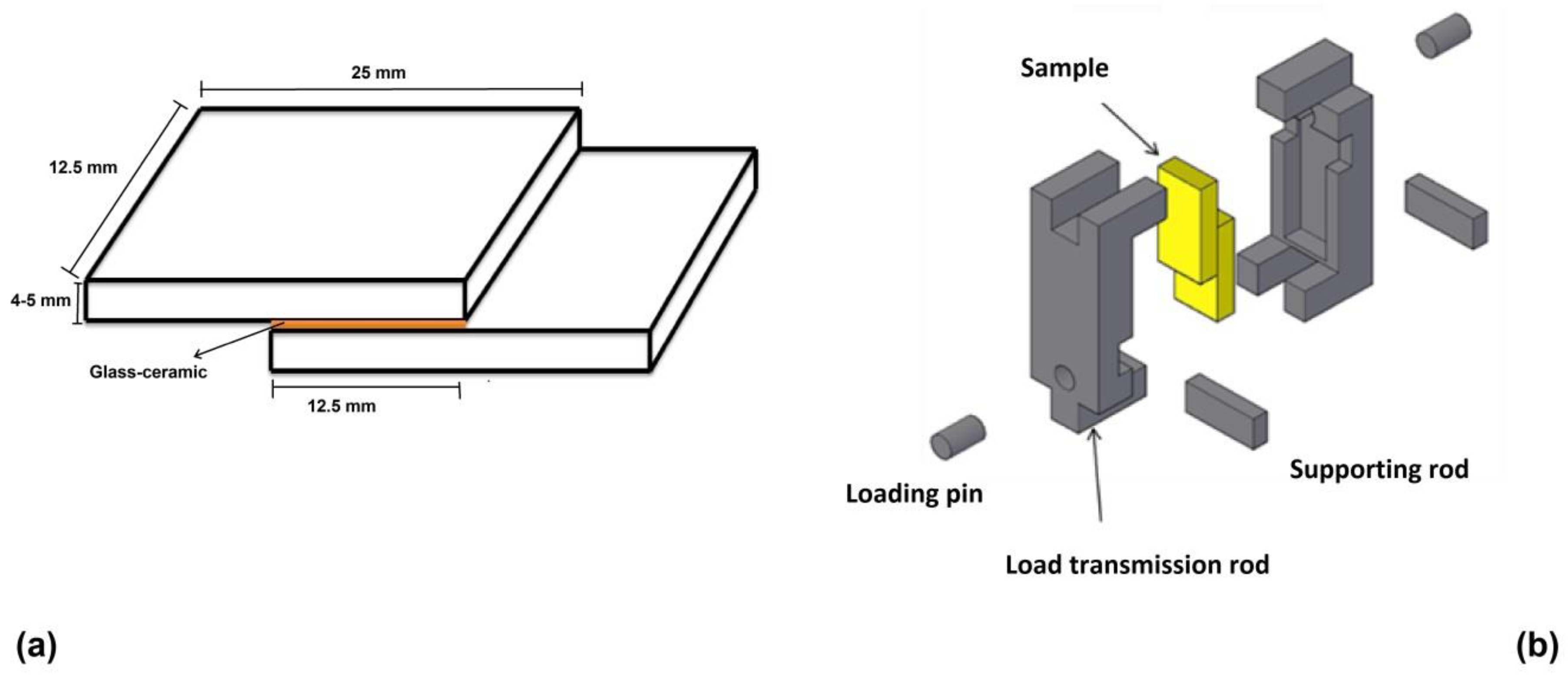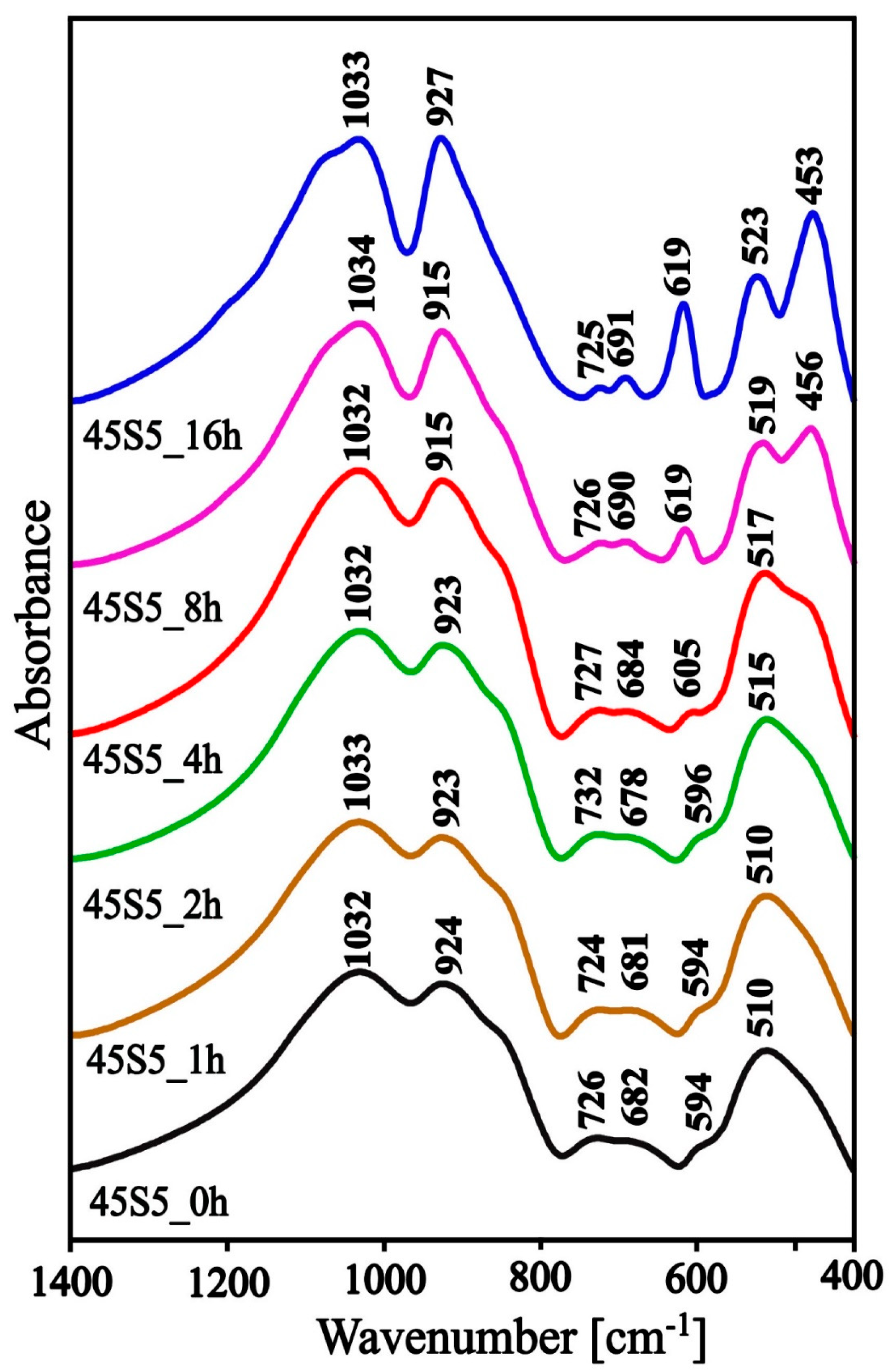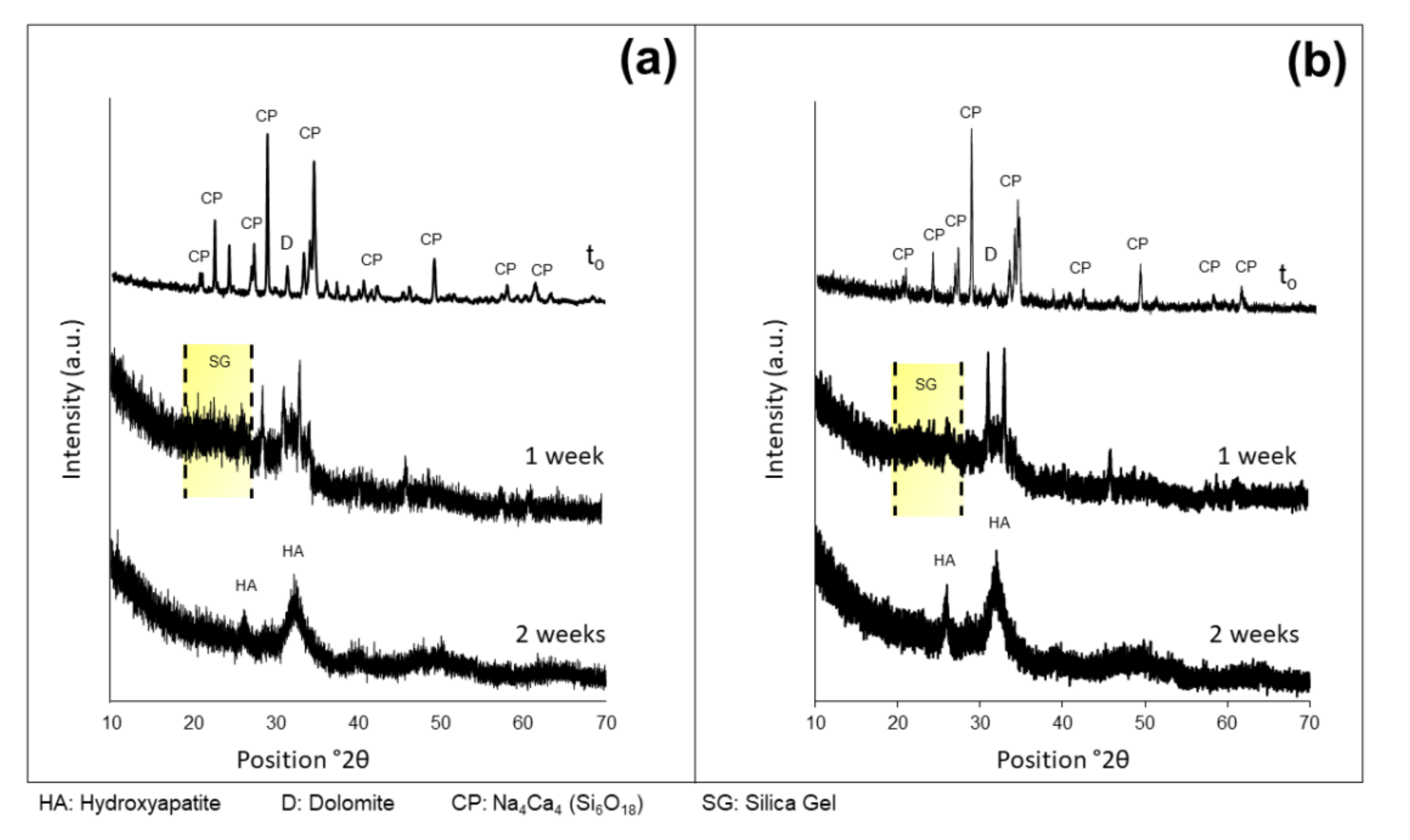Recycling Solar Panel Waste Glass Sintered As Glass Ceramics
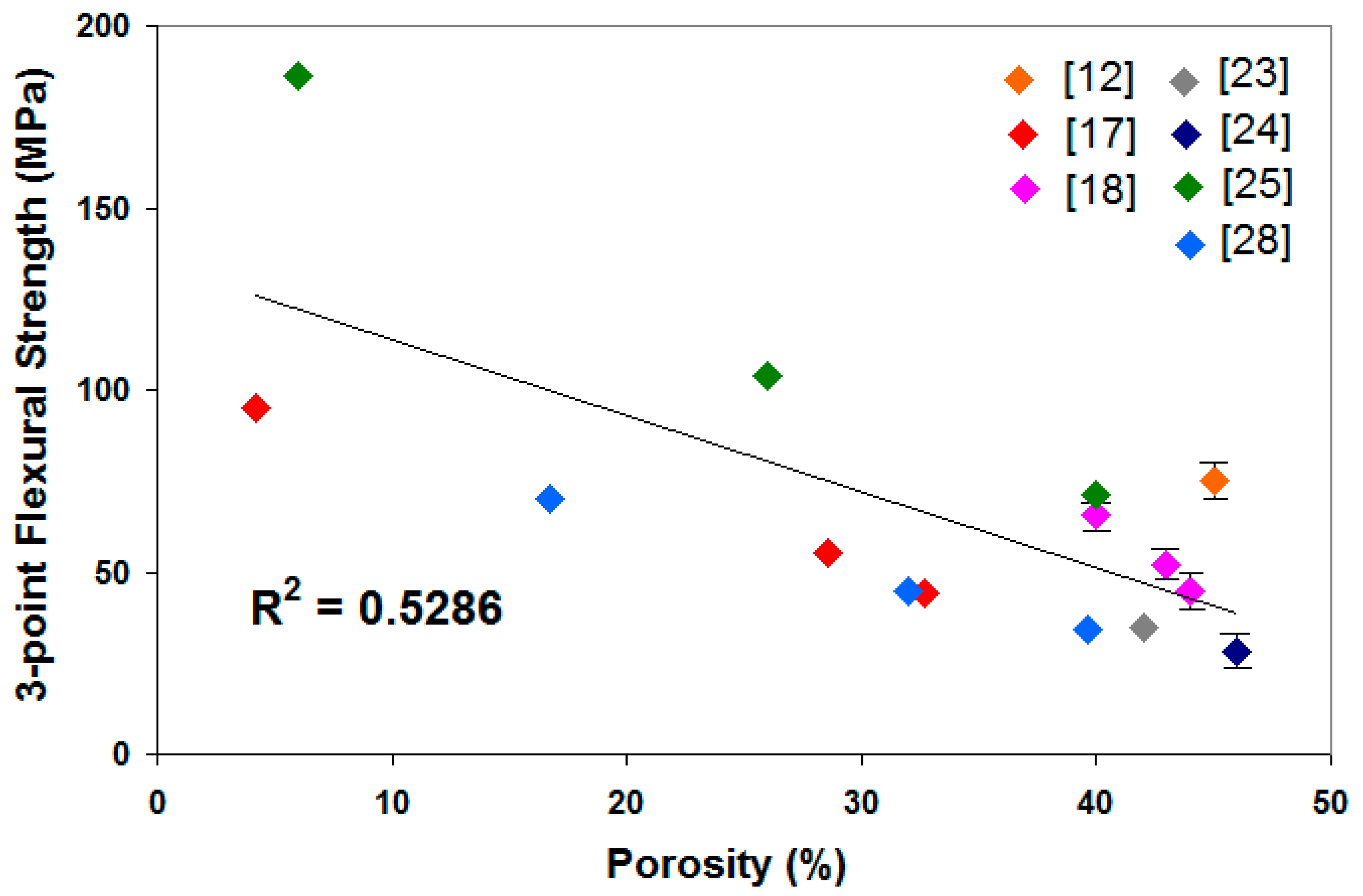
Solar panel waste glass is a potentially valuable source of major oxides including sio2 and na2o.
Recycling solar panel waste glass sintered as glass ceramics. The recycling of waste glass from solar panels therefore is an important issue. The recycling of waste glass from solar panels therefore is an important issue. The lifespan of solar panels may thus be much longer than officially stated. A federal disposal and decommissioning fund would then dispense funds to state and local governments to help pay for removal and recycling or long term storage of solar panel waste.
In france 190 000 metric tons of solar panels were sold in 2016 2017 and the figure is set to increase further over the next decade. A 2018 report from the institute of energy research suggests imposing a recycling fee on solar panel purchases. With recycling expensive. Solar panel waste glass is a potentially valuable source of major oxides including sio 2 and na 2 o.
The nuclei grew slowly to form crystallites when. Solar energy is inexpensive and environmentally friendly until your solar panels have reached the end of their lifetime. From a regulatory aspect pv panel waste still falls under the general waste classification. Solar energy is booming.
Acknowledgements this study was supported by rnm 325 research group cice junta de andalucia spain and research team ei rnm05 2017 university of jaen spain. Solar panel recycling is important for the future of solar. Disposal of solar panels. Environmental scientists and solar industry leaders are raising the red flag about used solar panels which contain toxic heavy metals and are considered hazardous waste.
Solar panels contain lead cadmium and other toxic chemicals that cannot be removed. Within a few years these panels will be waste that has to be treated. This investigation evaluated the feasibility of converting solar panel waste glass into new glass ceramic materials using dta and xrd. Excellent news for clean renewable energy production.
Moreover the recycling of waste glass from solar panels brings an important added value from the environmental point of view. The international renewable energy agency estimated that there were about 250 000 metric tons of solar panel waste in the world at the end of 2016 and that the figure could reach 78 million metric tons by 2050. After about 30 years many crystalline silicon solar panels will start having significant dips in energy production and it may be time to replace them or dispose of them entirely. The solar panel waste glass that was fired at 850 c had a dense and homogeneous well sintered microstructure and contained large glass like zones.
